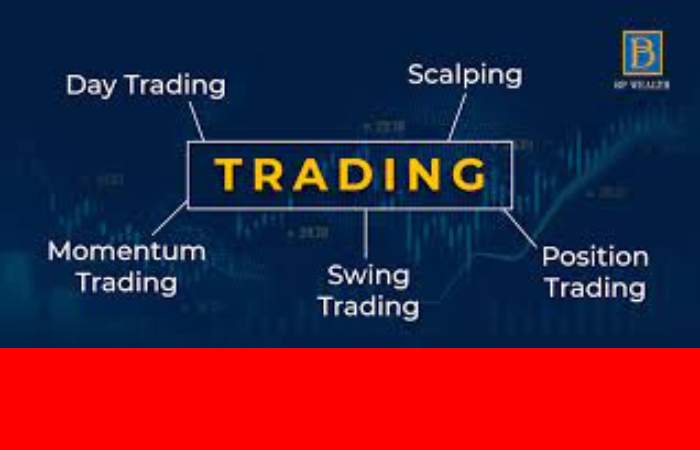Types Of Trading: The main difference between these three styles is duration: a trader holds an open position in the market. As the length of a trade increases, so does the trader’s exposure to systemic risk.
Read tips and tricks, curated from the advice of experienced futures traders, in our e-book: Basic Futures Trader Education
Intraday Types of Trading
As the name suggests, intraday trading is done on short timeframes during a single session. Because traders manage open positions in seconds, minutes and hours to profit from rapid price fluctuations.
Most day trading systems are based on technical analysis. But studying price action itself helps make decisions on compressed time frames. So here are some types of trading strategies unique to the intraday approach:
- scalp
- High-Frequency Trading and
- Order Flow Analysis
Markets that offer significant depth and liquidity are optimal for day trading. And efficient market entry and exit is crucial – insufficient liquidity increases trading costs associated with gaps and slippage.
Intraday strategies take small profits while repeatedly taking limited risks to generate returns. Futures products like WTI Crude Oil and the E-mini S&P 500 are ideal targets for day traders.
Business Of The Day
Unlike the intraday approach, day trading is the discipline to initiate a position in a definite market that is lone to exit at the closing bell. While some comparisons to intraday, and day traders generally do not trade large volumes. but a day trader identifies a prime opportunity early in the trading day and then executes it session after session.
Several Popular Trading Styles Are Ideal For Daily Routines:
- trending
- pulse
- to vary
The hallmarks of a targeted day trading market are significant range and inherent volatility. While most day trading strategies rely heavily on technical analysis, so liquidity, and price action to prove their worth, day trading strategies often incorporate various aspects of fundamental analysis.
Swing Trading
It is the buying and selling of stocks or commodities in multiple sessions. Swing trades typically last two to six days but can span several weeks. The unique feature of swing trading methods is that open positions are held or closed for at least one session.
Swing traders rely more on fundamental analysis than intraday or day traders. Although swing traders can use technical tools and indicators to optimize a trade’s entry point, traditional fundamentals, including macro trends and geopolitics, because play a crucial role in their selection and management.
To hold a position open until market close, but a swing trader must take into account several unique considerations:
- Consider high margin requirements
- maintenance and financing costs
- Exposure to systemic risk
Swing trading is a popular approach to gain exposure to stocks, currencies, and agricultural futures. Fundamental market drivers like seasonality, and corporate earnings releases or central bank policies are standard parts of swing trading systems.
Understand The Three Types Of Trading
Longevity on the market largely depends on choosing the best style for your available resources, skill set, and personality traits. But, no matter what type of trading you prefer, successful implementation requires discipline, dedication and persistence.
Correctly matching your available resources with your trading goals is critical to success in the futures market. With over 20 years of practice in the financial markets, and the team at Daniels Trading can help make your journey in the market productive.
Helpful Resources: Start ups Companies


![Types of Trading: Future Trader Education [2024]](https://www.treasurebiz.com/wp-content/uploads/2022/03/The-7-Best-Ways-To-Invest-1000-1-1200x675.jpg)
Review Types of Trading: Future Trader Education [2024].